 IMAGE: BAGAHOLICBOY
IMAGE: BAGAHOLICBOY
A large number of brands generally classify their perfumes according to fragrance concentration levels, with Eau de Cologne typically coming in the range of 3% to 5%, going upward to 10% to 15% for Eau de Toilette and so on. However, Chanel’s classification of its timeless fragrances go beyond that numerical figure. Take the N°5 family, for example, one that started with the N°5 Parfum created in 1921 by Mademoiselle Gabrielle Chanel and Ernest Beaux, eventually expanding into an entire range that includes N°5 Eau de Toilette and N°5 Eau de Parfum, unveiled in 1924 and 1986 respectively.
Newer fragrances that have joined the family in recent years include the N°5 Eau Première (2008) and N°5 L’Eau (2016), rounding up the collection to 5 different scents that you can look forward to. Now, each fragrance in the N°5 family revolves around floral-aldehydic notes, offering a unique (and not to mention, original) interpretation that stands out on its very own merits and never about the intensity of ‘concentration levels’ per se.
The EdT range in N°5 consists of 2 scents that will appeal to ladies (or even men) looking for a fresh-floral scent (N°5 L’Eau) to lovers of deeper, woody (N°5 Eau de Toilette) notes. EdP, on the other hand, is slightly more sophisticated, with the N°5 Eau de Parfum carrying hints of vanilla and the N°5 Eau Première coming in a soft and powdery trail that revolves around jasmine and ylang-ylang. There’s currently only one parfum, and that’s the classic N°5 Parfum which is all about an intense combination of florals, with the highlight ingredients being the May Rose and jasmine that hails from Grasse.
Gabrielle Chanel has famously answered that the places to apply a fragrance is ‘Wherever you want to be kissed’, or areas that are generally near your pulse points like your wrist, neck or behind the ear. Till this very day, Chanel prides itself on the art of perfuming, which is why you apply your N°5 Parfum not by way of a spray, but rather via a drop of the precious parfum onto each pulse point, letting it develop on the skin.
The EdT and EdP ones, on the other hand, are equipped with a spray format which makes for easy application, perfect for days (or evenings) when you prefer a switch up from the classic N°5 Parfum.
IMAGE: BAGAHOLICBOY

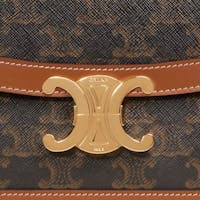
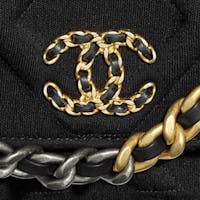
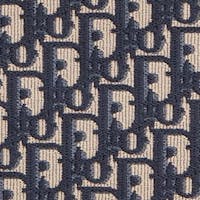
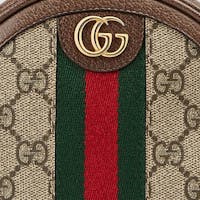

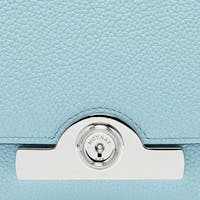

Comments
There are no comments yet.